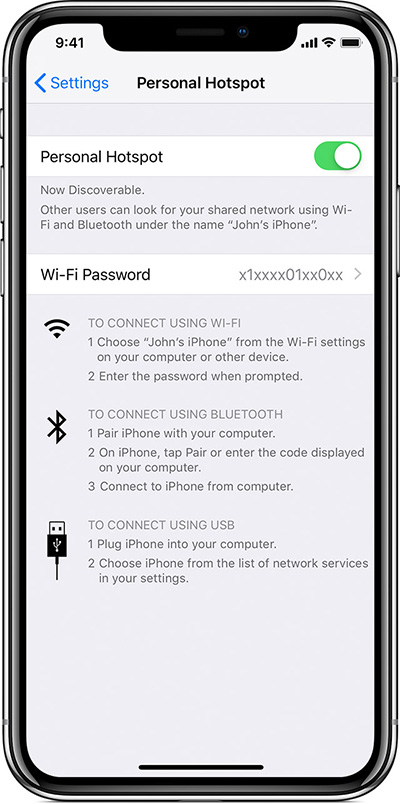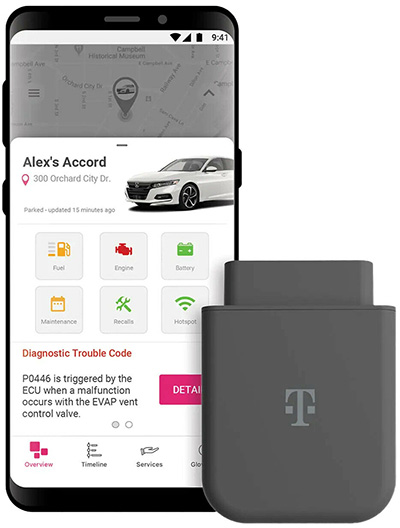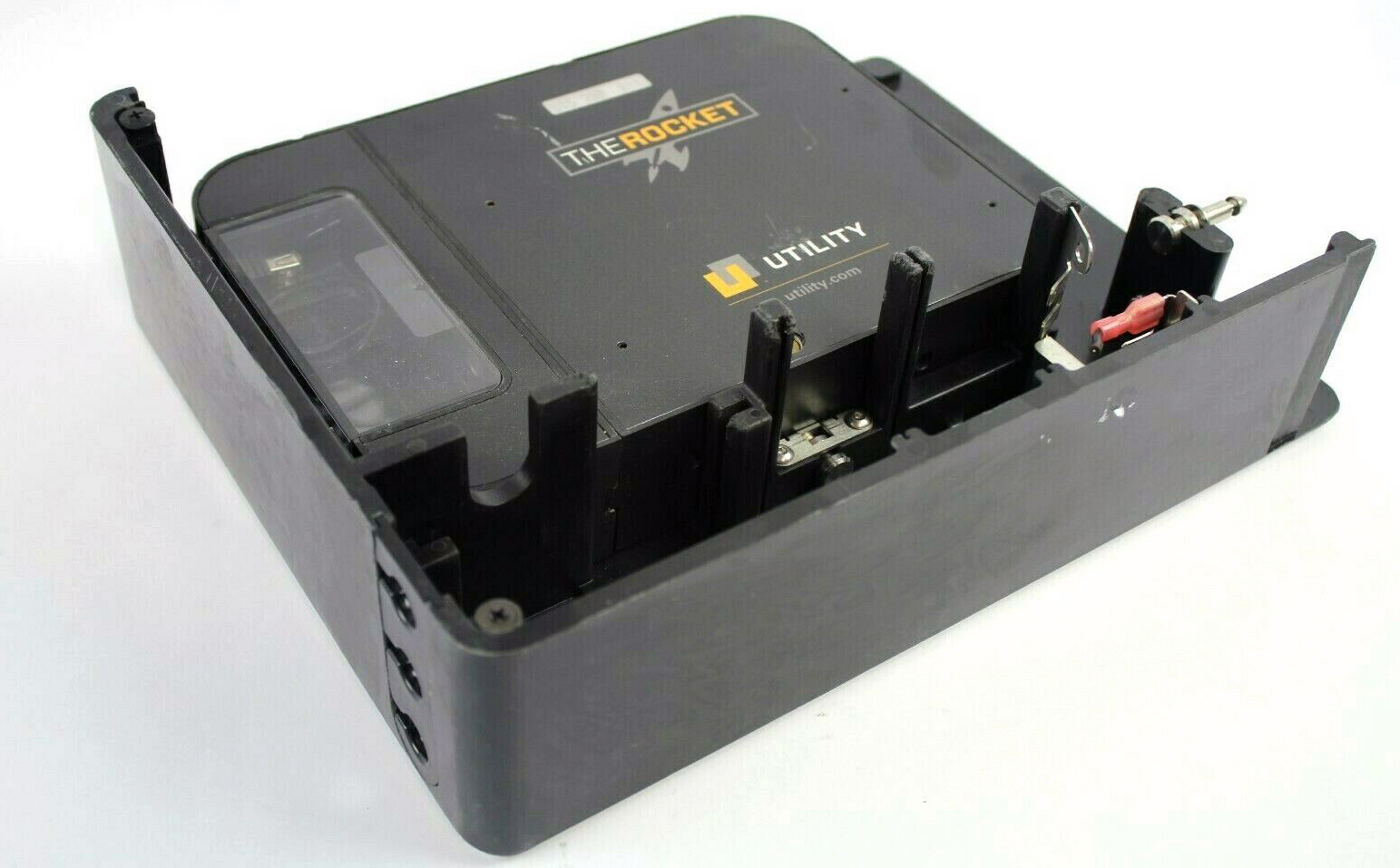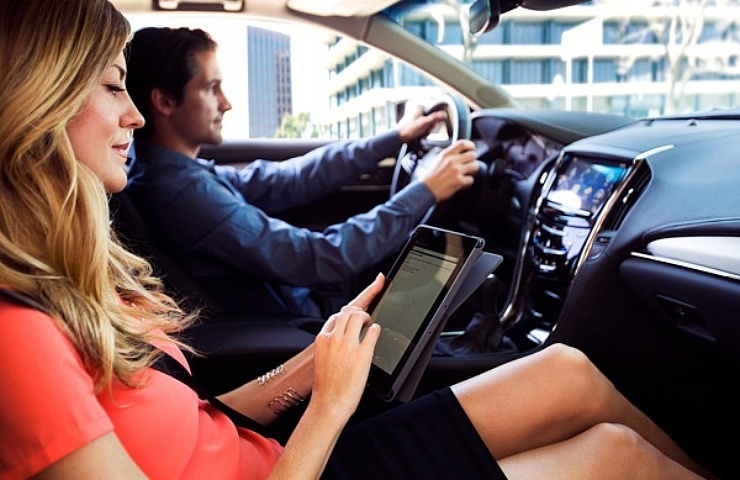Most entry-level and older cars don’t have a built-in way to connect to the web. However, a reliable connection to the internet is a big help to any passenger using a laptop or other device that lacks cell service. And if the kids want to get their tablets online to watch movies, the car can give them a piggyback connection to web searches and streaming content.
Meanwhile, modern 4G systems in newer cars can connect multiple devices—but expect to spend $20 to $40 per month on a plan. Those plans provide optimal 4G signals to and from a car. And they can provide other desirable features.
For example, if you drive a GM car, OnStar offers accidental lockout protection, roadside assistance, and emergency services that activate when the airbag does.
Regardless, using your car to get connected services is a win. But don’t expect speeds nearly as fast as land-based Wi-Fi.

The easiest way to connect devices is a hotspot on a personal phone.
A Car’s Built-in Phone vs. Smartphone Hotspot
With services such as GM’s OnStar, Ford’s Sync Connect, and Toyota’s Entune, the car essentially serves as another phone device with a separate connectivity plan. Hence, the monthly fee.
Many of these offering allow devices to use the car’s built-in phone as a Wi-Fi hotspot. However, if passengers already have a smartphone connection to the internet, it’s often faster, easier, and cheaper to create a hotspot using the phone. Here’s how:
- On an Apple phone, go to Settings/Personal Hot Spot, then move the slider on “Allow Others to Join.” If fellow passengers have your password, they can sign in.
- On Android phones, it says Connections/Mobile Hotspot and Tethering. Slide “Mobile Hotspot” to “On,” and you should be in business with your password. In some cases, the network restricts users to a 3G sign-on, even if 4G is available.
Again, this is primarily a way to connect devices to the web. Don’t expect lightning-fast access, although there are tricks to speed things up.

T-Mobile’s car hotspot solution
Turn Your Car Into a Phone
Older cars don’t have to be left out of car connectivity features. You can plug in OBDII Wi-Fi devices to send data from the vehicle to your smartphone. But there’s not a magic onramp to the web. Instead, it’s your existing phone that provides web access at its usual speed.
With the dongle plugged into the OBD port, you can then sign up for a monthly service for about $20 a month. Providers usually sell the equipment bundled with a subscription service. T-Mobile provides the gear to get started on eBay.
Shop now for car Wi-Fi solutions
Like OnStar, the real benefit is the add-on car features. With a subscription, you tap into your car’s data for real-time location updates, fuel economy checks, geofencing data, and even data about driving behavior. The Delphi Connect device, for instance, allows accessing car data through a smartphone app and a Verizon plan.
See: OBD Port Uses for Amazing Digital Car Hacks
There’s a more permanent approach rather than using a dongle, but it’s more expensive. This is to install an auto-grade modem and router. Unfortunately, the instructions for these devices is often written for IT technicians.

The Rocket Automotive Router can embed cell service into your car. The system provides Wi-Fi access.
Like the other means for gaining access to the web from the car, it’s a way to allow otherwise disconnected devices to acquire cell service. Research is required about compatibility with various cell plans.
With all of these approaches, don’t believe any hype about instant lightning-fast Wi-Fi for your car. On the other hand, 5G is on the way.
When 5G is further developed and deployed, faster streaming will be available in the car. In other words, somebody soon, your car (or the hotspots created by your phone) will provide immediate and robust streaming of movies, games, and messages—even when you are speeding down the highway.





